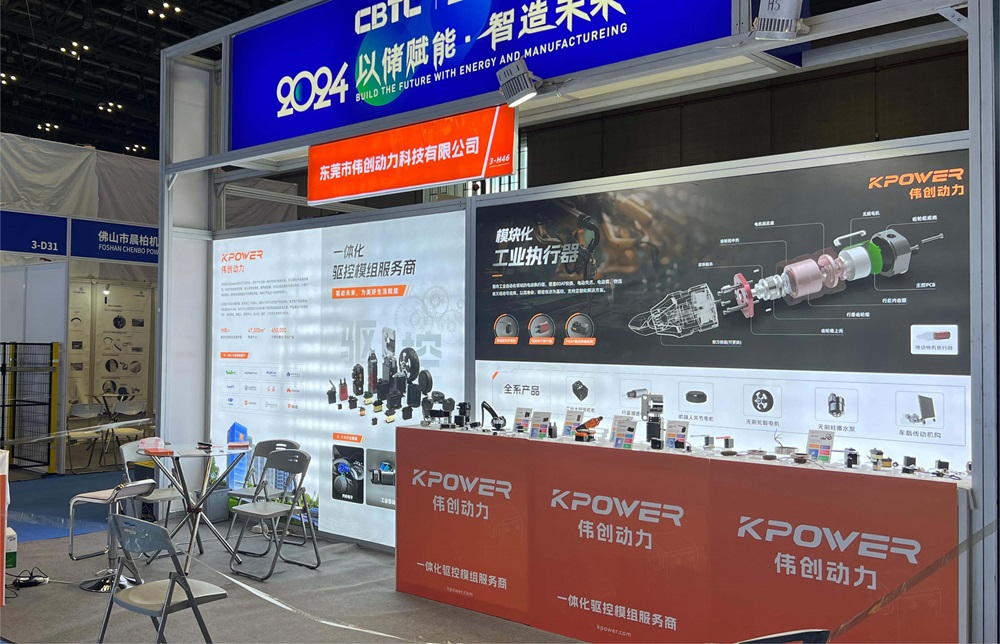When it comes to building scalable, secure, and efficient microservices, integrating JWT (JSON Web Token) with Spring Boot is an approach that's hard to overlook. But if you're new to the concept or just trying to wrap your head around how it fits into the larger architecture, don’t worry. Let’s break it down step-by-step.

Microservices are the backbone of modern applications, allowing each service to be independently developed, deployed, and scaled. However, as services grow in number and complexity, managing authentication and authorization can become a challenge. That's where JWT comes in. It allows secure, stateless authentication across distributed systems, making it a natural fit for microservices environments.
How Does JWT Work in a Spring Boot Microservices Setup?
Imagine you have a user trying to log into your system. The process kicks off when the user submits their credentials—something like a username and password. Spring Boot then validates these credentials, and if they are correct, the system generates a JWT token. This token is sent back to the user.
Now, the cool part: this token is compact, self-contained, and holds all the necessary information (like the user’s role, permissions, etc.). It also includes an expiration time, so it can’t be used indefinitely.
The user then includes this token in the Authorization header of subsequent requests. On the server side, Spring Boot checks if the token is valid and ensures the user has the right permissions for whatever action they’re trying to take. Since JWTs are stateless, no session data is stored on the server, making them perfect for distributed systems like microservices.
Why Should You Use JWT with Spring Boot?
Simplicity and Security: JWT simplifies the entire authentication process. It’s easy to implement with Spring Boot, and its cryptographic signature ensures that tokens can’t be tampered with. Once the token is generated, it's like a passport that the user can carry around and use across multiple services.
Stateless Architecture: In a traditional session-based authentication model, the server stores session data, which can be a bit of a bottleneck in distributed systems. JWT doesn’t require the server to store session data, making your microservices architecture more scalable.
Inter-Service Communication: JWT tokens come in handy when microservices need to communicate with each other. Since each service can verify the token independently, it makes inter-service communication seamless and secure. You don’t have to rely on a central authority to validate the user’s credentials, which keeps things more efficient.
Fine-Grained Access Control: With JWT, you can embed a user’s roles and permissions directly in the token. This makes it easier to manage access control and ensures that services can enforce authorization rules effectively.
What Are the Challenges?
Of course, no system is perfect. One challenge with JWT is that, while the token is self-contained, if someone steals a valid token, they can continue using it until it expires. The solution? Set an appropriate expiration time for your tokens. A short expiration time combined with refresh tokens can mitigate this risk. Additionally, make sure to implement proper token revocation strategies to handle compromised tokens.
Wrapping It Up
Integrating JWT into your Spring Boot microservices architecture isn’t just a good idea—it’s essential for building secure, scalable, and maintainable systems. By embracing the simplicity and power of JWT, you can streamline authentication and ensure that your microservices play nice together. So, if you haven’t already, it’s time to start exploring JWT with Spring Boot and take your microservices to the next level.
Established in 2005, Kpower has been dedicated to a professional compact motion unit manufacturer, headquartered in Dongguan, Guangdong Province, China. Leveraging innovations in modular drive technology, Kpower integrates high-performance motors, precision reducers, and multi-protocol control systems to provide efficient and customized smart drive system solutions. Kpower has delivered professional drive system solutions to over 500 enterprise clients globally with products covering various fields such as Smart Home Systems, Automatic Electronics, Robotics, Precision Agriculture, Drones, and Industrial Automation.




































